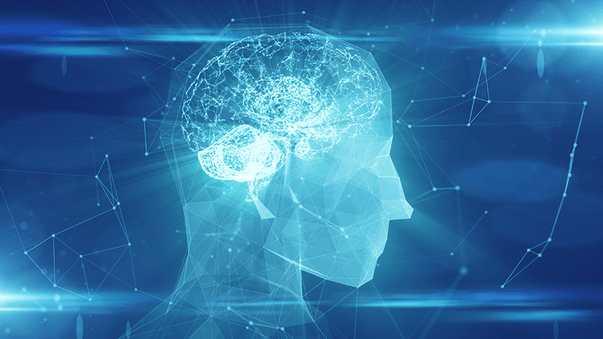Brain Preservation, Short-Term and Long-Term

The recently announced breakthrough in brain preservation for future brain emulation, and the following controversies, continue to capture the attention of cryonics and human enhancement enthusiasts.
On April 29, the Carboncopies Foundation produced a workshop titled “From Brain Preservation to Reconstruction,” with both local participants in the San Francisco Bay Area and remote online participants. Thrivous was one of the sponsors of the event.
The speakers and participants looked at the challenges to reviving a mind from a (cryo)preserved brain. Despite technical difficulties, some talks and discussion are available online from the Carboncopies YouTube channel.
Cryonicists are also enthused by the news, reported by MIT Technology Review, that Yale University neuroscientists are keeping pig brains alive outside the body. Speaking at a meeting at the National Institutes of Health (NIH), research leader Nenad Sestan disclosed that his team has experimented on pig brains obtained from a slaughterhouse, restoring their circulation using a system of pumps, heaters, and bags of artificial blood warmed to body temperature, and kept the reanimated organs alive for as long as 36 hours.
In what Sestan described as a “mind-boggling” and “unexpected” result, billions of individual cells in the brains were found to be healthy and capable of normal activity. This “inaugurates a bizarre new possibility in life extension, should human brains ever be kept on life support outside the body,” notes MIT Technology Review.
Natural barcodes for personalized genetic analysis. Researchers at the Wyss Institute for Biologically Inspired Engineering at Harvard have developed a new genetic analysis technique. Described in a study published in Genome Medicine, the new method harnesses the 10 million small nucleotide polymorphisms (SNPs) found in the human genome as 'barcodes' to create a faster, cheaper, and simpler way to keep track of pooled cells from multiple individuals during multiplexed experiments, enabling large samples of cells from multiple people to be quickly analyzed for personalized medicine.
Portable smartphone reader for quicker infection testing. Researchers at Washington State University have designed a low-cost, portable laboratory on a phone that works nearly as well as clinical laboratories to detect common viral and bacterial infections. The work, described in a research paper published in Clinica Chimica Acta, could lead to faster and cheaper lab results for fast-moving viral and bacterial epidemics, especially in rural or lower-resource regions where laboratory equipment and medical personnel are sometimes not readily available.
New DNA structures found in cells. Researchers at the Garvan Institute of Medical Research have identified a new DNA structure - called the i-motif - inside cells. The i-motif, described in a research paper published in Nature Chemistry, is a “twisted knot” of DNA, which had never before been directly seen inside living cells. The scientists are persuaded that their findings will set the stage for a whole new push to understand what this new DNA shape is really for, and whether it impacts health and disease.
Less invasive cell therapy for heart recovery. Medical researchers at Columbia University have designed a new approach to help injured hearts regenerate by applying extracellular vesicles secreted by cardiomyocytes rather than implanting the cells. A study published in Nature Biomedical Engineering shows that the cardiomyocytes derived from human pluripotent stem cells (derived in turn from a small sample of blood) could be a powerful, untapped source of therapeutic microvesicles that could lead to safe and effective treatments of damaged hearts.
Nanotechnology for smarter drugs. Scientists at the University of Lincoln have developed a new method to make drugs 'smarter' using nanotechnology so they will be more effective at reaching their target. A research paper published in Nature Communications describes a new technique to 'decorate' gold nanoparticles with a protein of choice, so they can be used to tailor drugs to more accurately target an area on the body, such as a cancer tumor.
More Articles
Don't miss a beat! In our Pulse Newsletter, Thrivous curates the most important news on health science and human enhancement, so you can stay informed without wasting time on hype and trivia. It's part of the free Thrivous newsletter. Subscribe now to receive email about human enhancement, nootropics, and geroprotectors, as well as company news and deals.
Read more articles at Thrivous, the human enhancement company. You can browse recent articles in Thrivous Views. See other Pulse Newsletter articles. Or check out an article below.
-
Restoring Sight to the Blind
Restoring sight to the blind, with relatively cheap technology that everyone can afford, would be really wonderful. Researchers at the ...
-
Deep Learning May Transform Biomedical Science
A new deep learning method for biomedical Big Data (see below), achieved by scientists at the Gladstone Institutes and Google, ...


